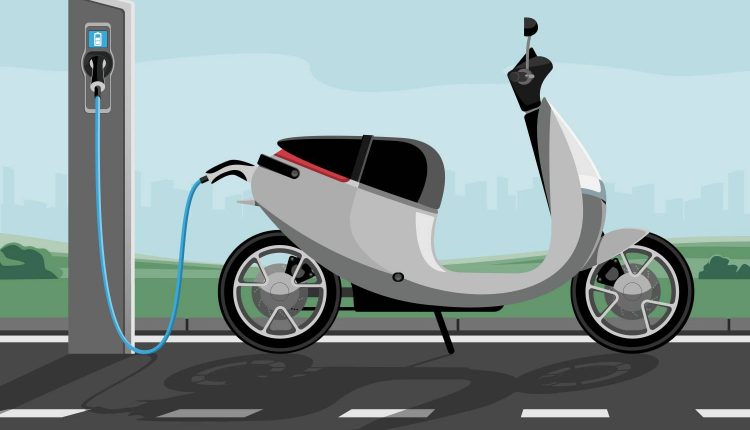Amidst economic and political uncertainties, a brave few are opting for electric bikes (E-bikes) to navigate rising petrol prices and manage household expenses. Let’s dive into the e-bike landscape and the hurdles they face in Pakistan.
E-Bike Designs
The design of E-bikes in Pakistan might remind you of a modern Vespa, which became the reason for people’s distatse for e-bikes initially. That’s why some newer models are sticking to the classic look of the decades-old 70cc petrol version. The choice of design is not diverse, which is discouraging for the consumers. In the bike community, affordability, durability, and appearance are the 3 big factors that make or break any bike model. The lack of design choice in e-bikes has discouraged several buyers from opting for Electric bikes.
E-Bikes and Affordability
Consumers anticipate saving on petrol costs with E-bikes but acknowledge that it takes time. The key factors affecting affordability include charging infrastructure, battery prices, bike costs, and power tariffs. It’s a waiting game for many, dependent on the development of these crucial elements.
E-bike Speed Matters
With speeds ranging from 35-70km per hour, E-bikes face competition from the zippy 70-125cc petrol bikes popular among the youth. The balance between speed and environmental consciousness becomes a critical selling point. As electric bikes are still struggling to provide higher speeds, many young buyers are unwilling to invest in them.
Local E-bikes Assemblies
Major players like Road Prince are investing heavily in local assembly lines for E-bikes. The aim is to roll out the first locally assembled E-bike in November 2023. According to the Engineering Development Board (EDB), there are currently six manufacturers assembling electric bikes, with an additional 31 fresh licenses issued. The national policy sets ambitious targets for electric bikes, aiming for a 50% market share by 2030 and an impressive 90% by 2040.
Delving into the puzzle of why investments in the electric bike sector have been sluggish despite enticing incentives, industry insiders reveal a rocky start for early entrants. These pioneers inadvertently rattled consumer confidence, facing hurdles such as quality issues and a conspicuous absence of robust after-sales services. These teething problems, it appears, played a role in hindering the initial surge of investments in this promising sector.
Government Initiatives
While the government has introduced policies and incentives, the slow uptake of E-bikes is attributed to quality concerns. On top of that, there is a lack of after-sales services in the initial stages. Charging infrastructure remains a challenge, urging collaboration between the public and private sectors.
Challenges and Solutions
To accelerate the E-bike adoption, stakeholders emphasize investing in charging infrastructure, leveraging existing petrol stations, and offering subsidies on electricity. Stable exchange rates, long-term financing plans, and localizing the supply chain are crucial elements for a sustainable shift. The lack of charging infrastructure is a big challenge the private and public sectors are fighting together to solve.
Share your thoughts on this in the comments below!


